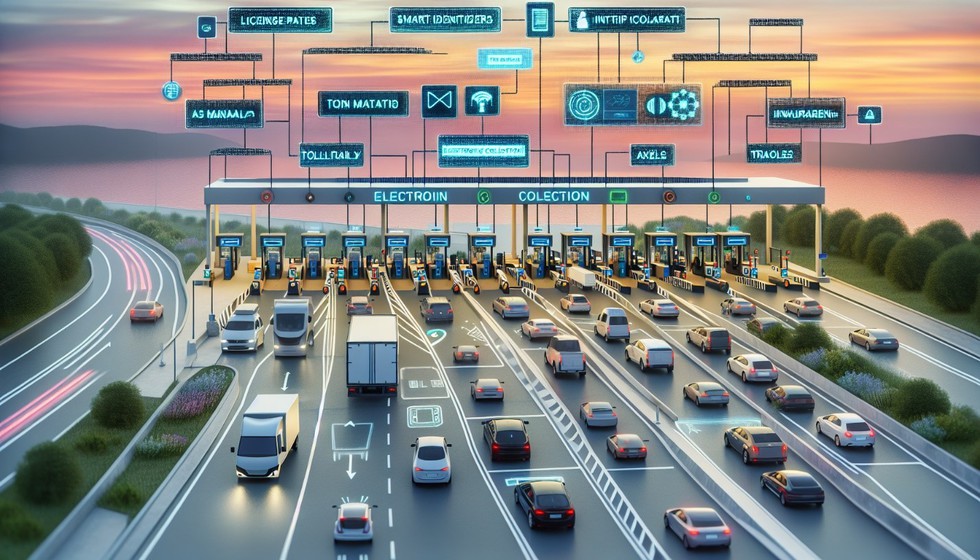To provide a seamless and barrier-free tolling experience to National Highway users and enhance the efficiency and transparency of toll operations, Indian Highways Management Company Limited (IHMCL), a company promoted by NHAI, has invited Global Expression of Interest (EOI) from innovative and qualified companies. The goal is to develop and implement a GNSS-based Electronic Toll Collection system in India.
GNSS-based ETC System
NHAI plans to implement the GNSS-based Electronic Toll Collection (ETC) system within the existing FASTag ecosystem. This will initially use a hybrid model where both RFID-based ETC and GNSS-based ETC will operate simultaneously. Dedicated GNSS lanes will be available at toll plazas, allowing vehicles using the GNSS-based ETC to pass through freely. As the GNSS-based ETC becomes more widespread, all lanes will eventually be converted to GNSS lanes.
Toll Charger Software
To leverage advanced satellite technology, the EOI aims to identify experienced and capable companies that can deliver a robust, scalable, and efficient Toll Charger Software. This software will serve as the backbone for the implementation of the GNSS-based Electronic Toll Collection (ETC) in India. The EOI also includes a complete implementation plan and invites suggestions. Interested companies can email their interest at tenders@ihmcl.com by 1500 hrs (IST) on 22nd July 2024.
Improved User Experience
The implementation of GNSS-based Electronic Toll Collection in India will facilitate the smooth movement of vehicles along the National Highways, providing several benefits to highway users:
- Barrier-less Free-flow Tolling: Leading to a hassle-free riding experience.
- Distance-based Tolling: Users will pay only for the stretch they have traveled on a National Highway.
Enhanced Efficiency
The GNSS-based Electronic Toll Collection will also result in more efficient toll collection by:
- Plugging leakages.
- Checking toll evaders.
Conclusion
GNSS-based Electronic Toll Collection in India will help provide a smoother and more seamless journey to commuters on National Highways.
Multiple Choice Questions (MCQs):
- What is the main objective of inviting a Global Expression of Interest (EOI) by IHMCL?
- a) To promote international tourism in India.
- b) To develop and implement a GNSS-based Electronic Toll Collection system in India.
- c) To increase the number of toll plazas on National Highways.
- d) To introduce a new form of payment for tolls.
- What hybrid model is NHAI initially planning to use for the GNSS-based ETC system?
- a) GNSS and manual toll collection.
- b) RFID-based ETC and GNSS-based ETC.
- c) Barcode-based ETC and GNSS-based ETC.
- d) Optical recognition-based ETC and GNSS-based ETC.
- What is the purpose of the Toll Charger Software in the GNSS-based ETC system?
- a) To handle manual toll collection processes.
- b) To serve as the backbone for the implementation of GNSS-based ETC.
- c) To manage the physical infrastructure of toll plazas.
- d) To provide navigation services to commuters.
- By what date should interested companies email their interest for the EOI?
- a) 15th June 2024.
- b) 1st July 2024.
- c) 22nd July 2024.
- d) 31st August 2024.
- Which of the following is NOT a benefit of the GNSS-based ETC system mentioned in the document?
- a) Barrier-less free-flow tolling.
- b) Distance-based tolling.
- c) Enhanced toll collection efficiency.
- d) Reduction in the number of toll plazas.
